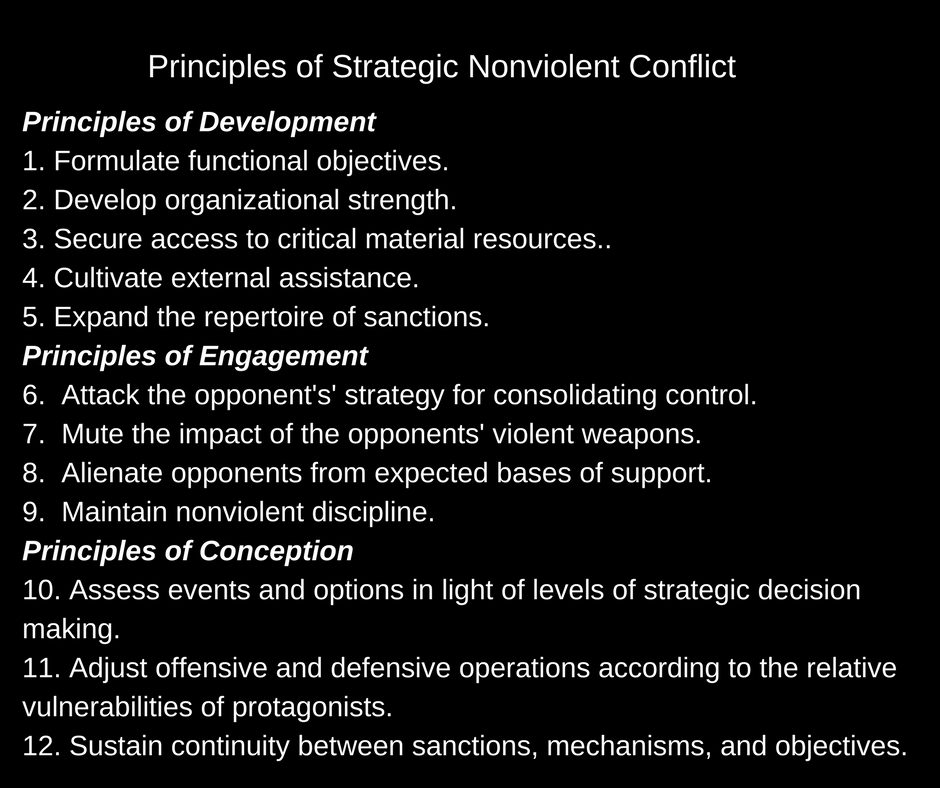This is the sixteenth installment in a multi-part series. Browse the Protective Use of Force index to read more.
The environmental movement is up against a near-impossible task. It is also suffering from being co-opted by capitalism, so it is now more about sustaining human civilisation at the comfort level that those in industrialized countries expect and trying to minimise the impact on nature. In the US, the 10 organizations leading the environmental movement collectively have 15 million members and an annual budget of more than $525 million. Unfortunately the strategies of most big green organisations involve collaborating, compromising and greenwashing industry and have no chance of stopping the destruction of our world.
Recent books on the environment movement paint an optimistic picture. Naomi Klein’s This Changes Everything was disappointingly reformist after her excellent Shock Doctrine. Klein seems to have a blind faith that environmental issues will be solved by mass movements and renewables. [1] People in the environmental movement generally look at the good things happening [2] rather than going to the root of the issues and determining what needs to happen. It’s important to say that I know I am part of the environmental movement that is not being effective, so I’m directing this criticism at myself as well.
If we look at the Taxonomy of Action from the DGR book, it’s clear that the environmental movement has focused mostly on political, social, and economic non-cooperation, education, symbolic lobbying and protesting, education and raising awareness. There is very little confronting and dismantling power, which is essential since those with power will never give it up voluntarily.
The climate movement has mainly focused on raising the awareness of environmental issues and climate change, and failed to sufficiently escalate its tactics in line with the threat. [3] The movement has used a substantial amount of nonviolent direct actions, but very few are willing to put their bodies on the line. The movement has failed to seriously damage profits through boycotts and bans. [4] The movement has also failed to get adequate popular support.
Radical environmental activists’ tactics have evolved to make blockading more physically effective but this is still based on the premise of slowing industry, rather than stopping them. These new tactics include tripods, monopoles, cantilevers, and tree-sits; lock-ons, burials, dragons (dig a hole and bury protesters up to their neck to slow removal), pipes, and tunnels; static blocking methods (e.g., boulders); militant direct actions that may involve risk to humans such as occupying an office and denying entry to the authorities. [5]
Assessing the Mainstream Environmental Movement Based on the Principles of Strategic Nonviolent Conflict
Ackerman and Kruegler lay out twelve principle of strategic nonviolent conflict in their book Strategic Nonviolent Conflict: The Dynamics of People Power in the Twentieth Century. The principles are designed to address the major factors that contribute to the success or failure of nonviolent campaigns. The authors stress that the principles are exploratory rather than definitive.
The twelve principles are categorised into three groups:
- Principles of development focuses on how to create the most advantageous environment,
- Principles of engagement looks at how to interact with the opponents so nonviolent methods have the maximum effect,
- Principles of conception looks at what strategic options remain and assesses the success of the campaign.
You can read a brief summary of the principles, or the full chapter.
The mainstream environmental movement is mostly committed to using nonviolent methods. In future posts I will assess the environmental movement based on the principles identified by Ackerman and Kruegler. How does the mainstream environmental movement measure up?
This is the sixteenth installment in a multi-part series. Browse the Protective Use of Force index to read more.
Endnotes
- Read a review of This Changes Everything by Kim Hill from DGR Australia.
- Positive things environmentalists focus on: renewables; reduction in endangered species smuggling; tree planting and forest protection; growth of ethical businesses; the Transition Town movement; ‘Reclaim the Streets’ parties and ‘Critical Mass’ bike rallies; sustainable paper use; organic food; guerilla gardening; squatting; learning sustainability from experts; more empowered women; Schumacher’s ideas around “small is beautiful” local economies; and alternative political systems
- Counterpower: Making Change Happen, Tim Gee, 2011, page 99
- Counterpower, page 184/5
- Global Warming, Militarism and Nonviolence: The Art of Active Resistance Hardcover, Marty Branagan, 2013, page 114-122
To repost this or other DGR original writings, please contact newsservice@deepgreenresistance.org


Trackbacks/Pingbacks